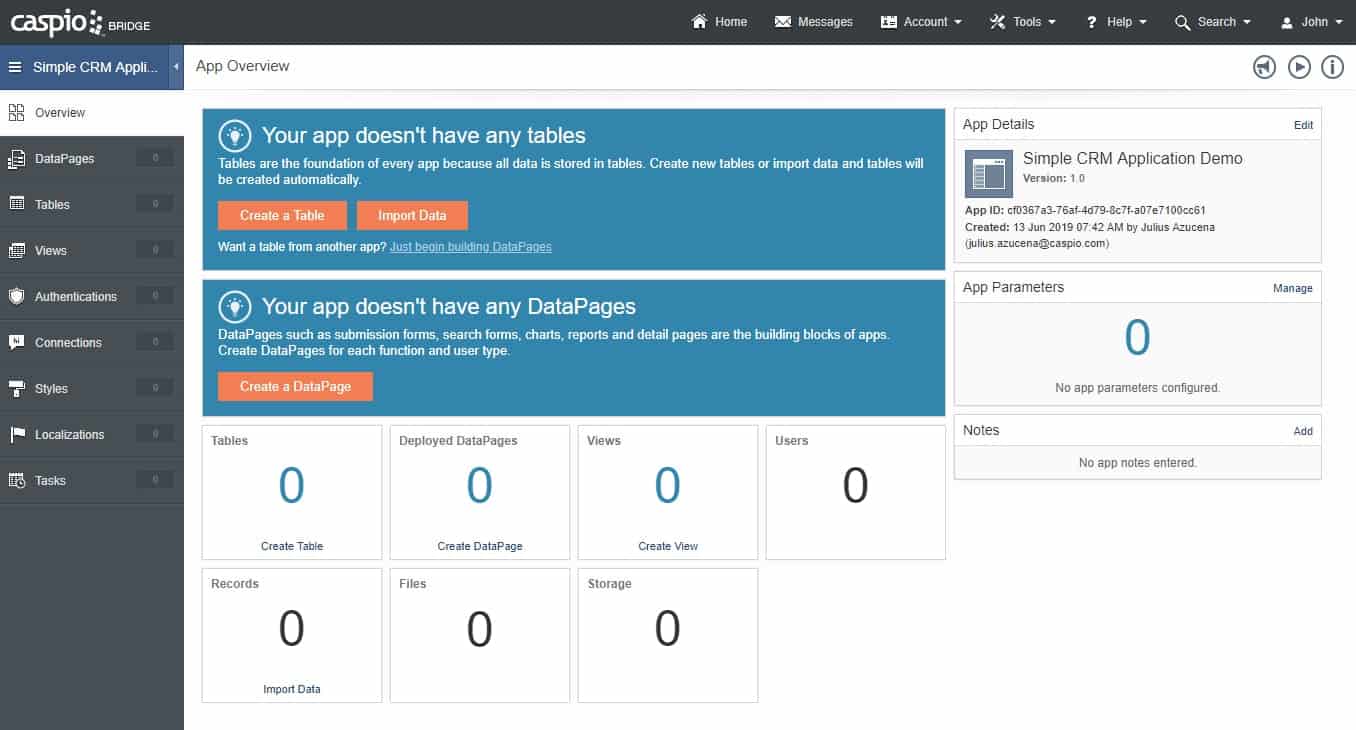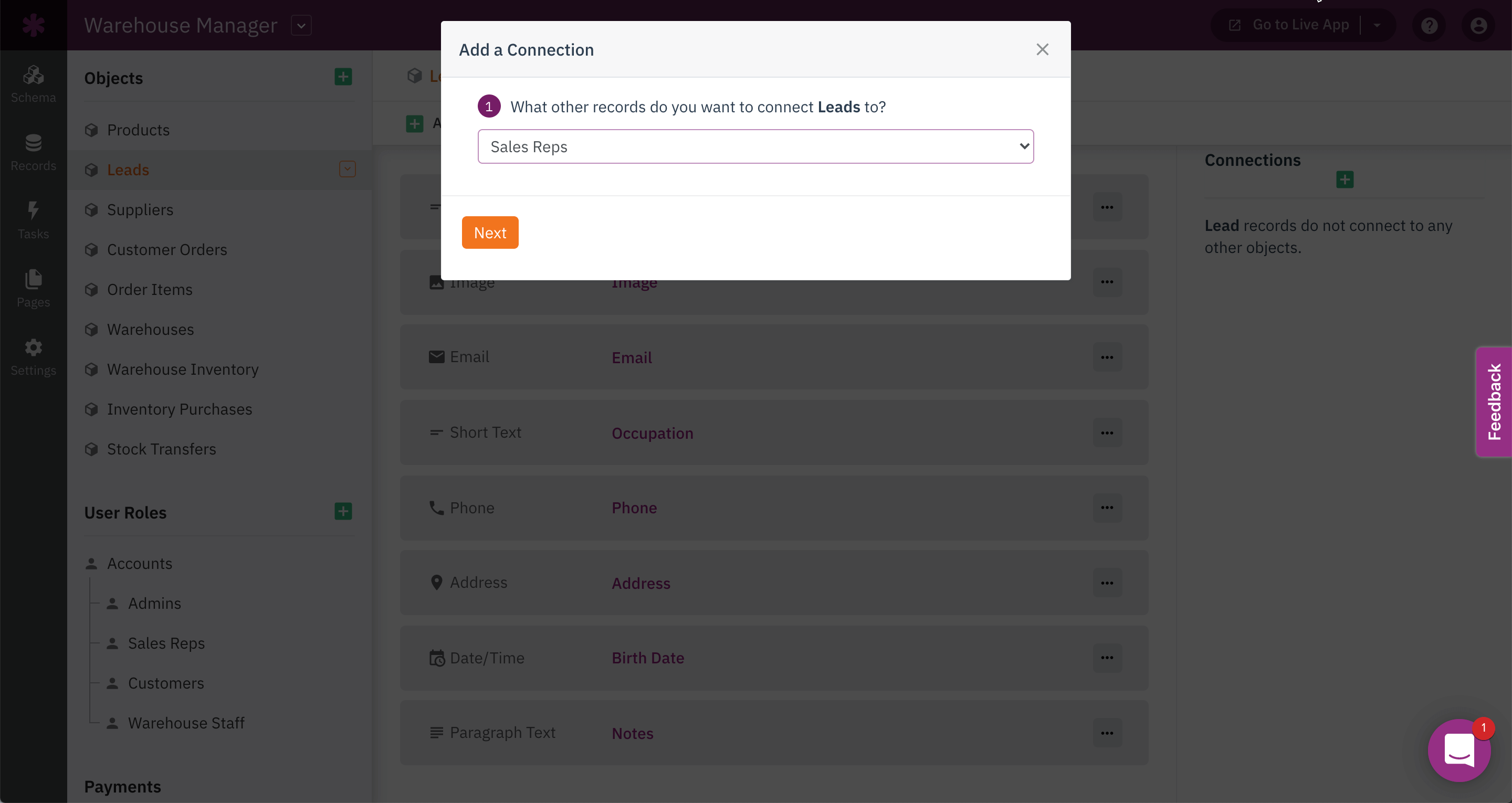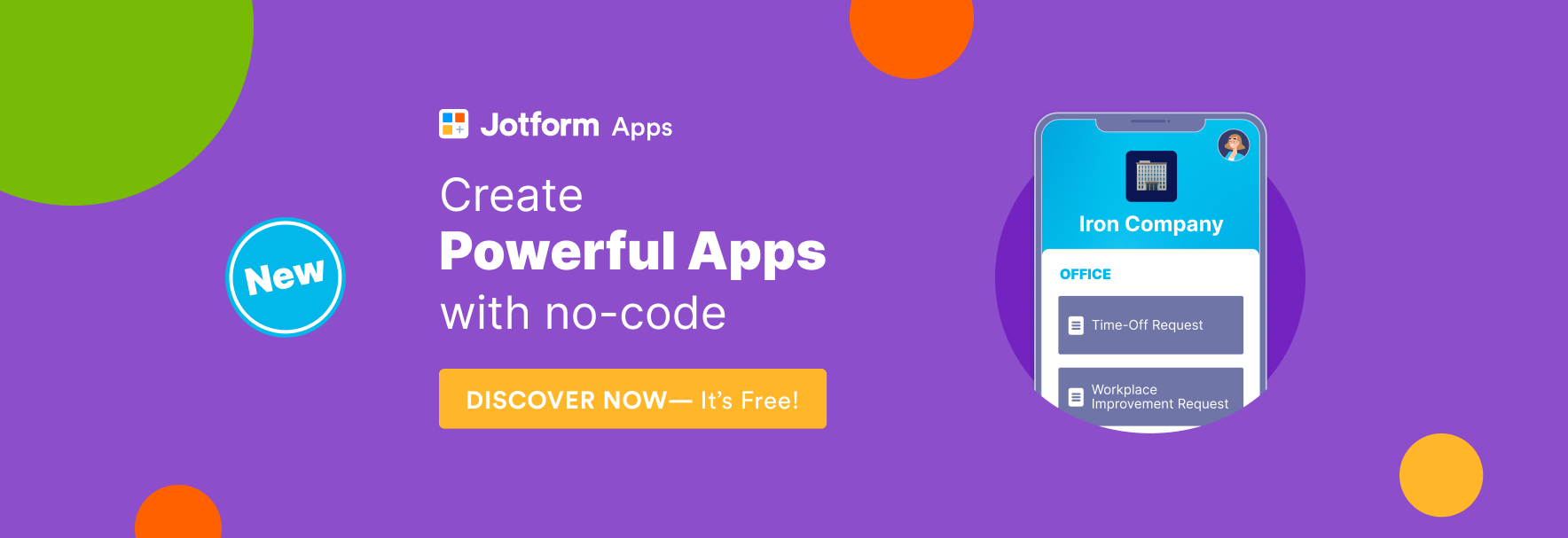For the modern workforce, computer programming has been a game changer, but it’s something few understand. Programming, through code, can build automation and workflow tools to streamline your business — but not everyone wants to learn how to code or pay someone else to do it.
Database management platforms — or DMPs — do the work so you don’t have to. They’re essentially apps that make apps, allowing you to organize your data with little to no coding. With DMPs, you can do everything from create workflows to input and analyze raw information. DMPs can be the backbone of an operation, one that streamlines your business and automates repetitive tasks.
Caspio and Knack are two highly rated database management platforms. We’ll tell you exactly what you need to know to decide which platform is right for you and your business.
Caspio overview
Founded in 2000, Caspio is a DMP with more than 15,000 customers in 150 countries and decades of experience in every sector from healthcare to government. Caspio is a low-code platform made for developers to design apps quickly and effectively with minimal coding.
With its own cloud database, reliable data security, and 24-7 customer support, Caspio has gained a reputation as a safe and reliable platform for businesses both large and small. High-profile companies like Honda, Delta Airlines, and Comcast use Caspio.
Knack overview
Launched in 2012, Knack is a young competitor with a slick design and beautiful interface that’s attracted high-profile customers like Panasonic, Spotify, and Oxfam.
Knack is a no-code platform — users simply drag and drop icons to create a series of infinitely customizable apps without needing to know any programming languages. Knack is known for its intuitive interface, easy-to-understand tutorials, and competitive pricing.
Caspio vs Knack: Key features
Caspio is known for its experience in the industry, reliable customer service, advanced features, and ability to integrate with a number of key platforms.
As a low-code platform, Caspio is made for developers and is simple for anyone familiar with basic coding. While the platform can be complicated, Caspio has a 24-7 customer service line and a large library of YouTube tutorials for some of the more advanced features.
The platform integrates with 19 apps, allowing for a high level of automation between the DMP and other software. Caspio uses common programming languages such as HTML, CSS, SQL, and JavaScript.
Knack, unlike Caspio, is a no-code platform, so it allows anyone to make apps. Employees can quickly learn to build apps for expense approvals or to transform spreadsheet data into visual displays. Knack doesn’t charge on a per-user basis, which makes it cheap to build apps for a large user base.
While there’s no 24-7 customer support, Knack has a dedicated team of developers to build any customized features. Knack is also known for its beautiful interface, compared to Caspio’s more dated design.
Finally, both platforms are compatible with Windows and macOS as well as iOS and Android mobile operating systems.
Caspio vs Knack: Pricing
Of the two platforms, Caspio is the more expensive, costing $45–$2,025 per month, but it offers a free trial. Knack, by contrast, charges $49–$219 per month. Additionally, Knack doesn’t charge on a per-user basis, and it offers a 25 percent discount to nonprofits and educational institutions, as opposed to Caspio, which offers only a 10 percent discount to these organizations.
Caspio vs Knack: Integrations
Caspio integrates with a variety of outside platforms, including PayPal, Stripe, and Microsoft Office 365. Knack, on the other hand, requires customers to use Zapier to automate repetitive tasks between apps. According to some customer reviews, Knack’s integration with Zapier is unreliable and isn’t recommended for anyone who relies on outside app automation.
Caspio vs Knack: The best platform
The best DMP for you will depend on your needs. As a low-code data management platform, Caspio is better suited for developers, while Knack is a user-friendly solution with limited features. Users generally agree that Caspio has superior customer support, more features, and reliable integrations with other apps. However, if price, an intuitive interface, and customizable features are a priority, then Knack is the best choice for your business.
Jotform: An alternative to Caspio and Knack
If you value design, competitive pricing, and an intuitive interface, consider using Jotform. With pricing that ranges from $0–$99 per month, Jotform is a no-code form builder ideal for streamlining your business and automating the tasks that slow down workflows.
In addition, Jotform Apps enables users to create and customize their own apps. You can share an unlimited number of forms using progressive web app (PWA) technology.
Like Knack, Jotform uses an intuitive interface to create workflows and data sets with forms. Unlike Knack, however, Jotform is compatible with many other platforms, such as PayPal, Google Drive, Dropbox, Slack, and HubSpot. And unlike Caspio, Jotform offers a number of widgets that make your forms customer-friendly.
Plus, with a library of thousands of form templates, users can find just the forms they need.
Even if your coding skills leave something to be desired, there are plenty of resources available to organize your data and help your business run smoothly.









































































































Send Comment: